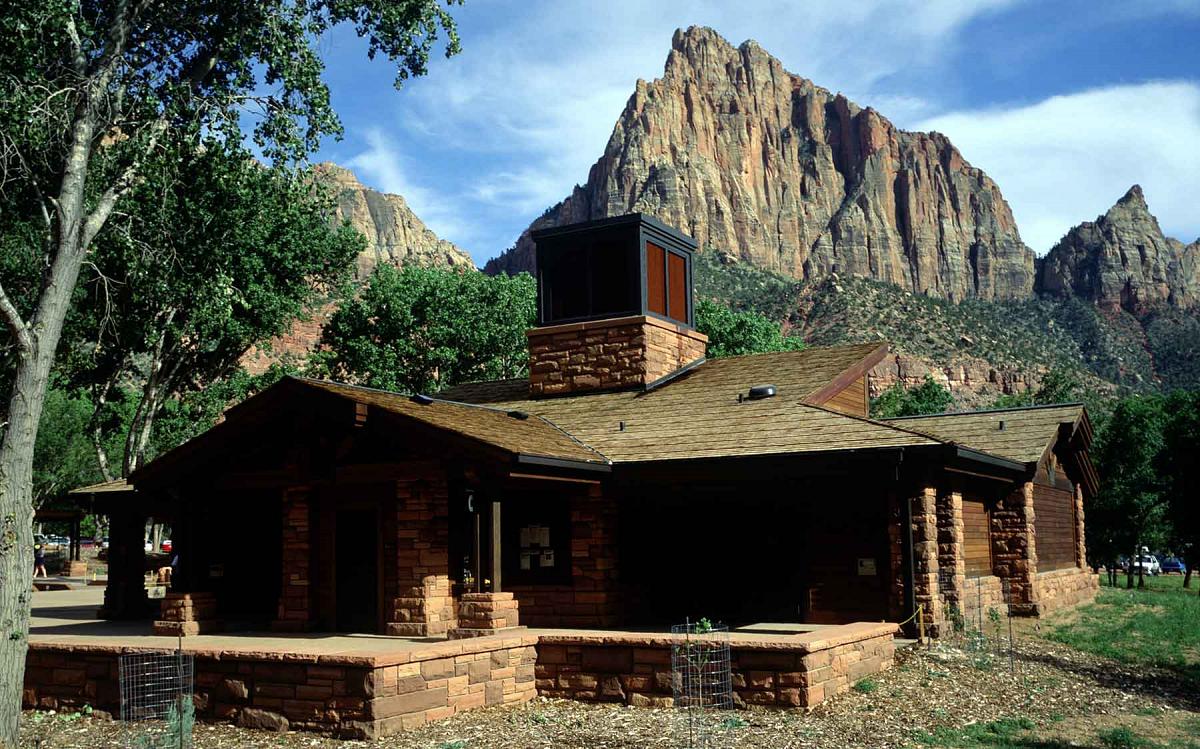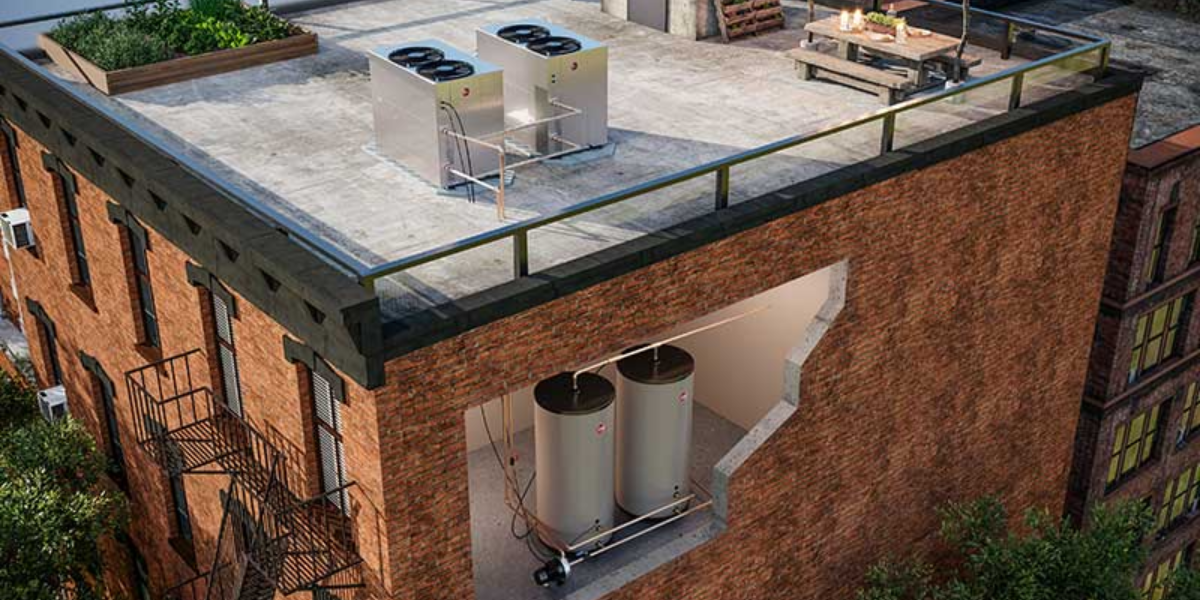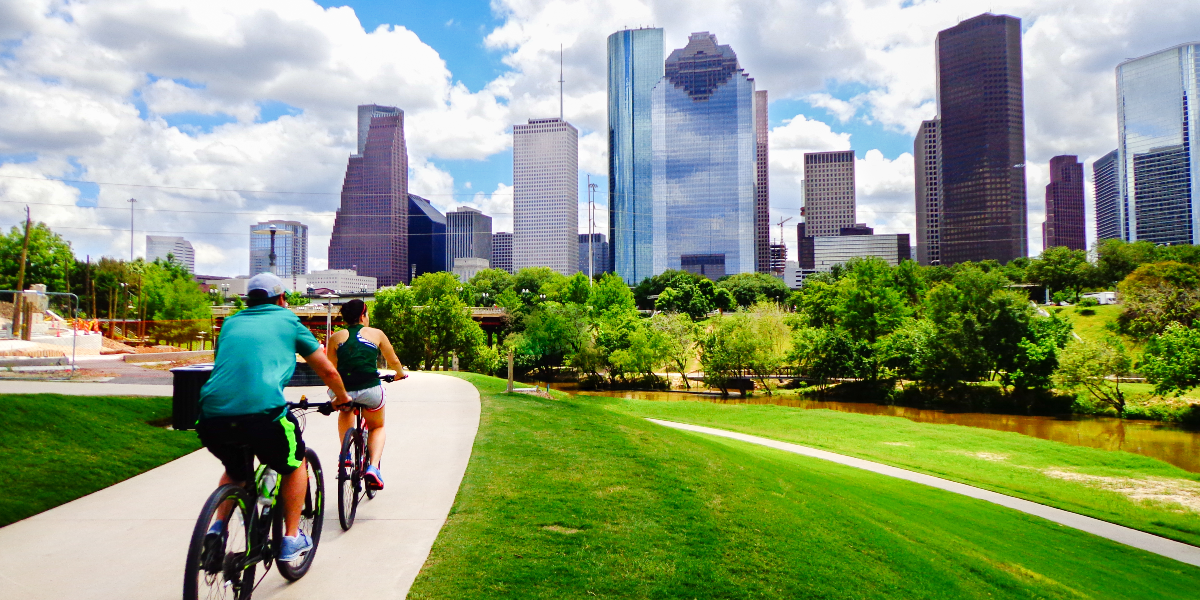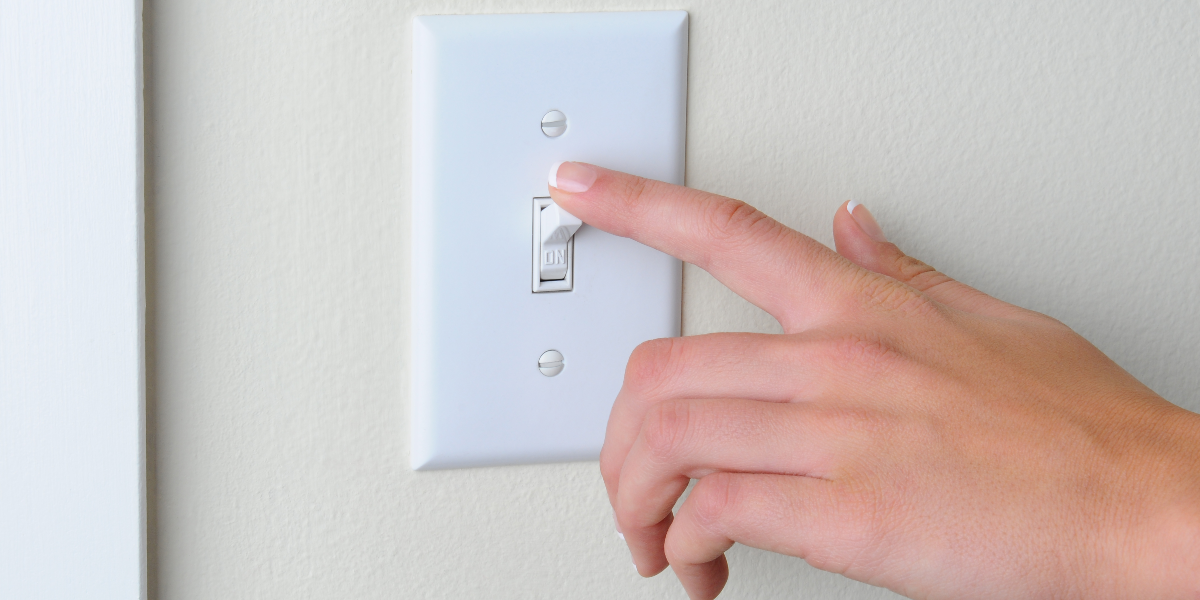How Efficient Are Our National Parks?
Let's Save Energy
Alliance to Save Energy's Blog

“The clearest way into the Universe is through a forest wilderness.” - John Muir
Seeking a bit of clarity in these unpredictable times? No one would blame you. Between months of quarantine cabin fever and evidence that coronavirus spreads less easily outside, this summer will undoubtedly see many Americans flocking to the great outdoors. The majority of our renowned national parks have reopened (find the latest info here), and with park locations in 29 of the 50 states, a road trip can be a great getaway for families looking to vacation a little closer to home this year.
With this in mind, we thought we’d take a closer look at how our national park system uses energy resources, and ongoing efforts to ensure these national treasures are every bit as efficient as they are beautiful.
On the road
Our national parks are well-loved to say the least: in 2019, the National Park Service (NPS) reported more than 327.5 million recreational visits. And while it’s encouraging to hear so many visitors took advantage of what our national parks have to offer last year, the majority of visits require cars, which leads to vehicle congestion, air pollution, and resource degradation. Luckily, the NPS is working to address these challenges and preserve the long-term quality of its parks. In 2010, NPS began collaborating with the Department of Energy’s (DOE) Clean Cities program to create the Clean Cities National Parks Initiative. So far, the initiative has resulted in 35 projects that help put fuel-efficient vehicles on the road, reduce vehicle idling, and educate park visitors on sustainable transportation.
One of beneficiaries of this initiative is Grand Teton National Park in Wyoming. In Teton County, Wyoming, home to Grand Teton and Yellowstone National Park, 62% of greenhouse gas emissions come from ground transportation. Grand Teton added hybrid electric vehicles to its official fleet, began installing electric vehicle charging stations, and launched an education campaign with Yellowstone to reduce fuel consumption—such as by eliminating unnecessary engine idling. The result? Tens of thousands of tons in avoided emissions, not to mention fuel cost savings for staff and visitors!
At the lodge
When you think of a national park lodge, you probably think of historic architecture, wood paneling, and stone fireplaces…great to complete the outdoorsy aesthetic, but not necessarily ideal for building efficiency. But several parks have taken steps to bring their lodging into the 21st century. In 2017, Zion National Park Lodge in Utah, built in 1924, earned LEED Silver status after undergoing an efficiency retrofit. Actions taken to achieve this status—the first NPS operation to do so—included completing energy audits, installing efficient plumbing fixtures, and installing electric vehicle charging stations.
Another impressive renovation recently took place at Golden Gate National Recreation Area in California. Fort Baker, an army post with an obstructed view of the iconic bridge, was built between 1902 and 1910 and remained an active post until the mid-1990s. The NPS acquired the site after it was decommissioned and converted it into the newest lodge in the NPS system. Efficiency was a top priority, with historic windows repaired to eliminate the need for AC, efficient water systems installed (reducing total water use by 30%), and efficient lightbulbs, appliances, and electronics used throughout.
Looking ahead
These examples are just several of the initiatives taking place across our 419 national park sites. The NPS’ 2016 Green Parks Plan envisions a system that is entirely net zero energy, water, and waste. Specific goals include reducing building energy use per square foot by 25% from a 2015 baseline by 2025, evaluating the most energy-intensive sites every four years and taking action at these sites, and tracking energy use through metering and benchmarking.
And there’s good news for achieving these goals: the Senate recently passed the Great American Outdoors Act, which will permanently fund the Land and Water Conservation Fund and provide $6.5 billion toward addressing a maintenance backlog at national parks, helping to modernize NPS facilities for the future. It will be voted on in the House this July.
So as you look for a way to get away safely this summer, remember all the work being done to preserve “America’s best idea” for future generations—and find out ways you can contribute, such as with this guide for saving energy on the road.
RECENT BLOG POSTS
STAY EMPOWERED
Help the Alliance advocate for policies to use energy more efficiently – supporting job creation, reduced emissions, and lower costs. Contact your member of Congress.
Energy efficiency is smart, nonpartisan, and practical. So are we. Our strength comes from an unparalleled group of Alliance Associates working collaboratively under the Alliance umbrella to pave the way for energy efficiency gains.
The power of efficiency is in your hands. Supporting the Alliance means supporting a vision for using energy more productively to achieve economic growth, a cleaner environment, and greater energy security, affordability, and reliability.



